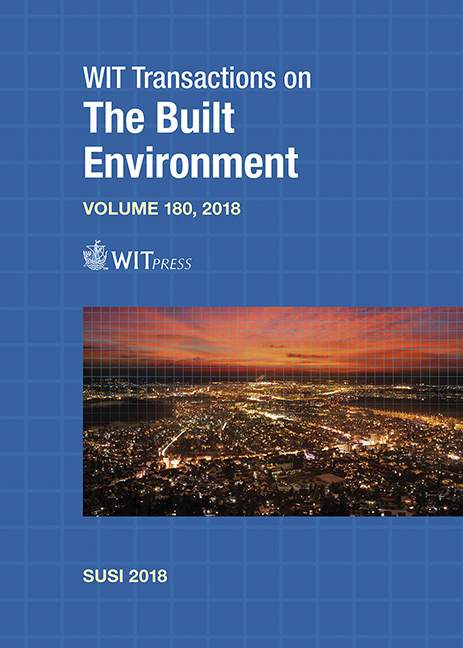MODELING THE IMPACT OF EXPLOSIONS IN ENCLOSED SPACES USING DISCONTINUOUS BOUNDARY ELEMENTS AND FINITE VOLUME METHODS
Price
Free (open access)
Transaction
Volume
180
Pages
13
Page Range
43 - 55
Published
2018
Paper DOI
10.2495/SUSI180051
Copyright
WIT Press
Author(s)
PETR P. PROCHÁZKA, ŠÁRKA PEŠKOVÁ
Abstract
This paper is aimed at studying the influence of loading due to shock (strike) waves in an enclosed space; underground parking is a typical example. The problem which is to be solved is divided into the description of motion and pressure in the air and in the solid phase, separately; the interaction of the effects arising in the air and the solid phase are concentrated along the boundary interface between the two media. As the free hexagon method (discontinuous boundary element method) has proved to be well applicable in solving nonlinear problems in structures, it is also used, slightly adjusted, here. In order to connect both mediums (structure, air), the gas-dynamics in the air is described, based on equations of conservations, by a simplified finite volume elements, their shapes are also hexagonal, to be in geometrical compliance with the rock and structure. The hexagonal shapes are arbitrarily, i.e. not necessarily honey combs, like mostly used in connection with finite elements. Note that such a shape of elements complies with the requirements for the finite volume method. The BEM describes the elasticity, or nonlinear behavior inside of each hexagonal element of the solid phase, while the mechanical behavior on the interfaces between the adjacent elements obeys the laws of Mohr-Coulomb localized damage.
Keywords
discrete element method, free hexagon method, discontinuous boundary element method, finite volume method, impact of explosion in closed space, underground parking





